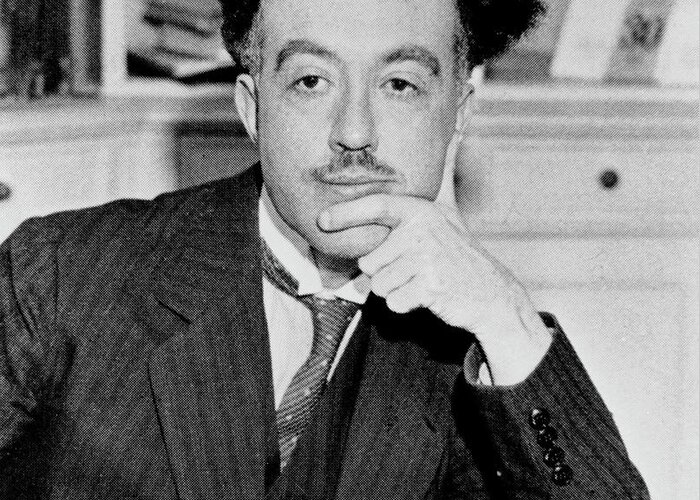Louis de Broglie, was a French physicist best known for his theory of wave nature of electrons.
Early life
Louis Victor Pierre Raymond Broglie was born on August 15th, 1892 to a noble family in Dieppe, Seine-Maritime. He was a son to Victor, Duc de Broglie and Pauline d’Armaillé.
Education
Louis De Broglie attended Lycée Janson of Sailly which he finished in 1909. After high school, he was focused on literary studies and in 1910, he acquired a degree in history. Afterwards, however, his focus shifted to science and he gained a science degree in 1913. In 1924, de Broglie published a thesis at the Faculty of Sciences at Paris University called Researches on the quantum theory (or Recherches sur la Théorie des Quanta), which gained him his doctor’s degree.
Achievements
Louis de Broglie’s doctoral thesis introduced his theory of electron waves. This included the wave–particle duality theory of matter. This thesis was passed on to Einstein for evaluation who endorsed his wave–particle duality proposal completely. His research peaked when he presented his de Broglie hypothesis stating that any moving particle or object had an associated wave. This later led to creation of wave mechanics, uniting the physics of energy and matter. For this he was awarded the Nobel Prize in Physics in 1929.
Later life
Louis de Broglie died on March 19th, 1987. in Paris, France.
Louis de Broglie quotes
“After long reflection in solitude and meditation, I suddenly had the idea, during the year 1923, that the discovery made by Einstein in 1905 should be generalised by extending it to all material particles and notably to electrons.”
“Science itself, no matter whether it is the search for truth or merely the need to gain control over the external world, to alleviate suffering, or to prolong life, is ultimately a matter of feeling, or rather, of desire-the desire to know or the desire to realize.”
“There is no reason why the history and philosophy of science should not be taught in such a way as to bring home to all pupils the grandeur of science and the scope of its discoveries.”

